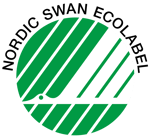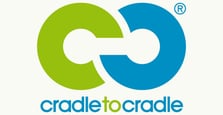How to avoid chemicals in furniture
Luckily, many furniture manufacturers make it easy for consumers to avoid these chemicals if they desire. There are various marks of quality you can look out for which indicate that no chemicals were used during manufacture, as well as highlighting the overall impact of the process on the environment.
At Flokk we are proud of our commitment to sustainability, and our products pass some of the strictest tests when it comes to the impact on the environment and health. It is our aim to design furniture without using non-toxic materials.
Read - How to choose environmentally friendly furniture

The GREENGUARD Certification Program (formerly known as GREENGUARD Indoor Air Quality Certification) certifies that a product meets strict chemical emissions limits, meaning that there are little to no VOC’s released from your product. This is a well-respected and global standard, and a simple mark to look out for on any item of furniture.
The innovative stitching and assembly techniques removed the need for toxic glues and with products manufactured without dangerous chemicals, the most important collections from HÅG, RH, Giroflex and RBM have been GREENGUARD approved and certified. Flokk has the goal to expand the certification scope to all our brands.
OEKO-TEX® measures the chemical content of textiles and fabrics. The “Standard 100” certificate is a worldwide consistent, independent testing and certification system for raw, semi-finished, and finished textile products at all processing levels, as well as accessory materials used.
It has strict test criteria and limits values for significant amounts of harmful chemicals, some banned and even those not legally regulated, ensuring the consumer is safe from harm. It has taken on a pioneering role for many years in the realms of safe and environmentally friendly textile production. If your furniture has textiles, watch out for this mark.
Flokk only source fabrics and textiles which have received the Standard 100 certification, ensuring that no chemicals make it into the upholstery.
The Nordic Swan Ecolabel for furniture is awarded to products that meet strict environmental, quality and health requirements. The use of harmful chemicals is strictly regulated and a high content of recycled materials is required. In 2010, HÅG Capisco became the first office chair in the world to qualify for the Nordic Swan Ecolabel.
The Cradle to Cradle Certified program is an eco-label that evaluates several properties and assesses a product's safety to humans and the environment and design for future life cycles. Designers and manufacturers are guided through a continual improvement process that looks at a product through five quality categories - material health, material re-utilization, renewable energy and carbon management, water stewardship and social fairness.
You can find which certificates Flokk’s products are bearing on our product pages.
Learn more about Flokk's sustainability practices

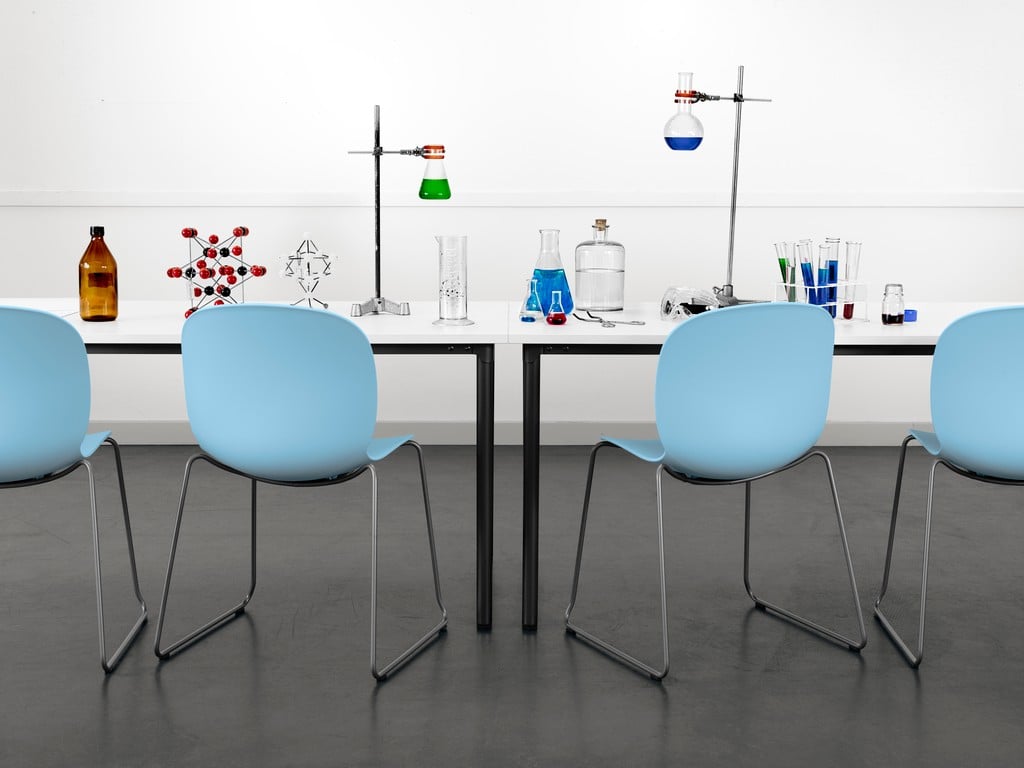
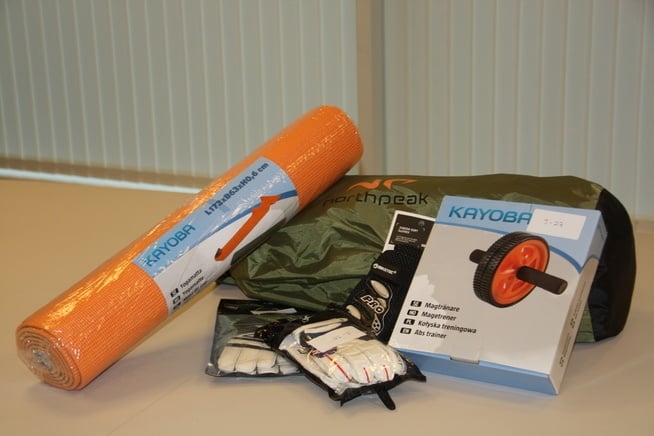
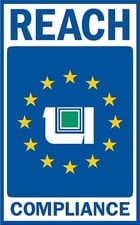 Having said this there are strict controls on what any products made in and for the EU contain. There are currently 205
Having said this there are strict controls on what any products made in and for the EU contain. There are currently 205 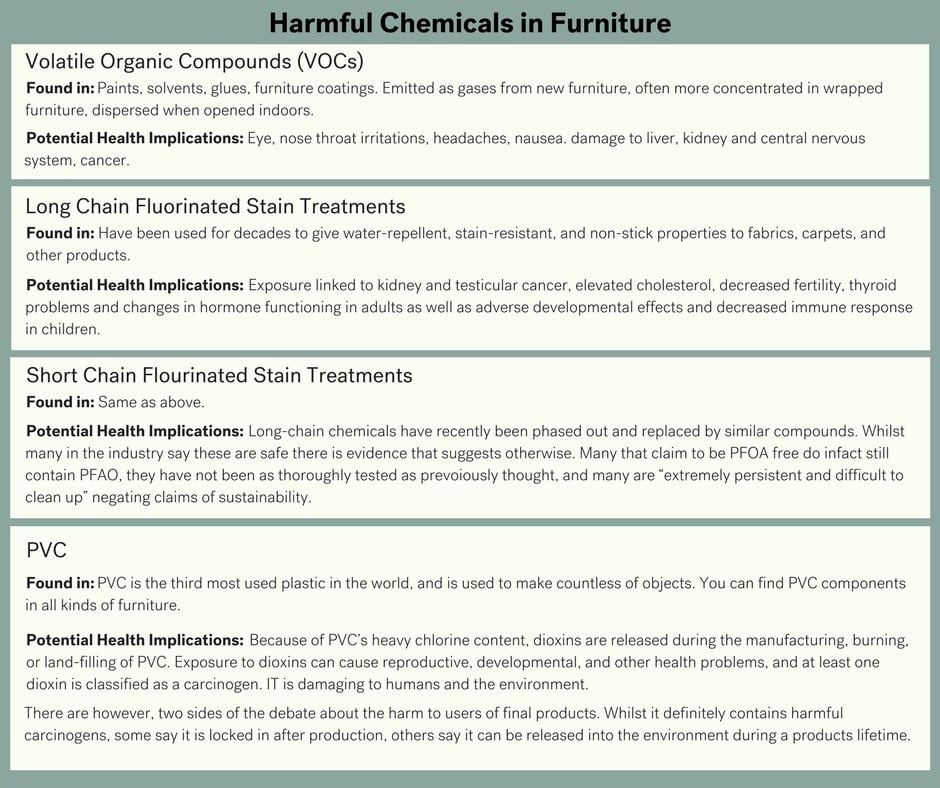

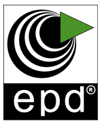
 OEKO-TEX®
OEKO-TEX®